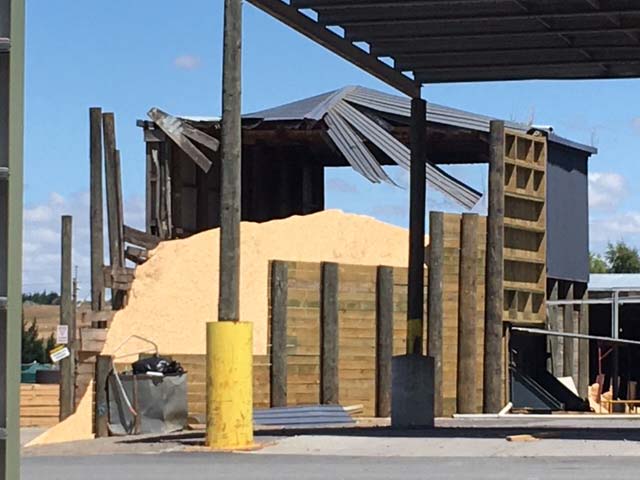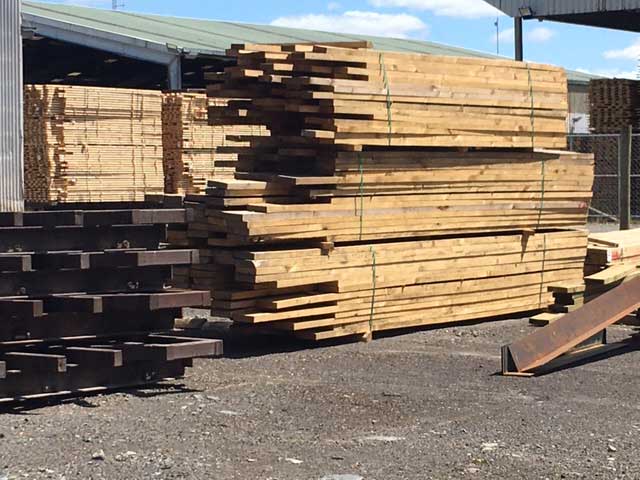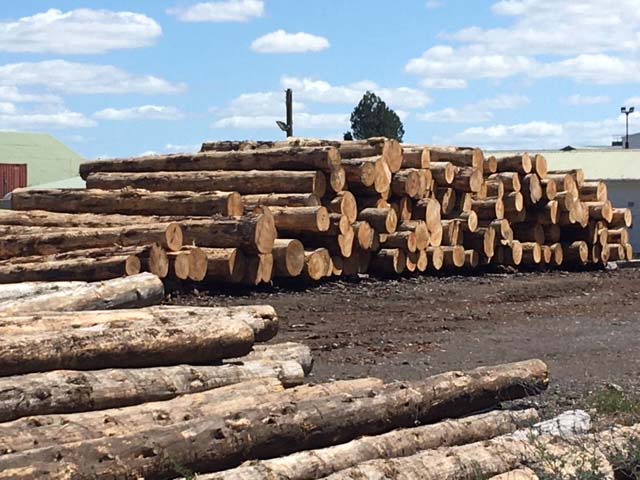Sustainable Low Cost CHP with a Wood Fuelled Gas Turbine
In a Bioturbine, the direct combustion of wood in a gas turbine to produces electricity and heat (CHP: Combined Heat and Power).
This can be achieved at a scale which will allow power and heat to be utilised close to either the fuel source or the point of use.
The likely initial market is the wood processing industries, which currently uses wood waste for process heat. A Bioturbine will provide “on demand” the required heat 24/7, whilst also generating power. In CHP mode an overall efficiency of 80% is achievable and a cost amortisation period of 2 to 5 years.

In electrical energy only, efficiencies of at least 25% or 35% with an Organic Rankin Cycle on the exhaust, are achievable.
The alternative and potentially larger markets are major commercial developments, hospitals etc.
The use of wood particles (processing industry sawdust) as a fuel whether from waste or managed forestry, is in effect near to carbon neutral.
Other clean waste biomass such as bagasse (waste from cane sugar processing) particles are possible future fuels.
Few, if any, competing technologies exist and wind and solar energy are not “on demand”.

Why Bioturbines?
· Bioturbines run “on demand”
· Bioturbines can operate 24/7
· Bioturbines do not require sunshine or wind
· Few, if any competing technologies
· Bioturbines operate on clean wood waste
· In Combined Heat and Power (CHP) mode energy efficiency can be up to about 80%
· High electrical efficiency, at least 25%, 35% with Organic Rankine Cycle on exhaust
· With wood waste fuel sourced from existing heat only applications, carbon neutral as the fuel produces power, and heat which may be used much more efficiently.
· When wood waste would not be used in applications where the carbon is essentially “locked in” (e.g. particle board), carbon neutral within a short period
· Wood fuel grown by 3 year rotation coppice carbon neutral within a short period
· Other waste biomass, e.g. bagasse probably suitable fuel
· Expected payback for plant owners between 2 and 5 years.

